Four options to check in game
Hunters can check in their game online through the CheckIN Game system, in the Fish & Wildlife Online Services application, at an on-site check station, or by phone.
The online CheckIN Game system and the Fish & Wildlife Online Services and can be used with any Internet-connected device. Both of these options are free, and you don’t need to set up an account online to check in your game. You can purchases licenses, check-in game, view your check-in history, get your HIP number, purchase a gift certificate or make a donation through your account.
The phone-in option (1-800-419-1326) carries a $3 fee (Visa or Mastercard only).
Even at on-site check stations, station managers will enter information online through the CheckIN Game System. Stations no longer use paper log books or issue metal tags.
Listing of on-site check stations.
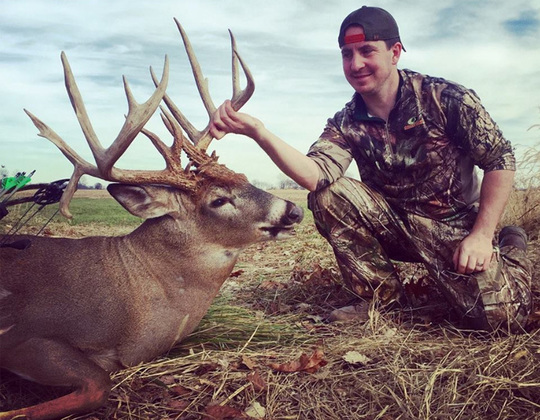 3 deer, 4 seasons, 1 license
Deer archery season begins Oct. 1. You have several choices of what deer license you can purchase.
A deer bundle license can be used in all seasons (except the deer reduction zone season) and gives the hunter the privilege to harvest up to three deer (3 antlerless or 1 antlered and 2 antlerless deer). If you hunt in more than one season, this is the license deal for you.
Cost:
$65 for Indiana residents
$295 for non-residents
$65 for non-resident youth
Resident youth should purchase a youth hunt/trap license that includes deer hunting privileges.
DNR bovine tuberculosis response earns regional wildlife award
A DNR program to monitor the health of a deer population threatened by disease has earned the agency honors.
The Midwest Association of Fish and Wildlife Agencies (MAFWA) selected Indiana’s bovine tuberculosis surveillance team as recipient of its annual Excellence in Conservation award. DNR Division of Fish & Wildlife director Mark Reiter accepted the award at the 2017 MAFWA meeting in Nebraska recently.
DNR announces plans for new bovine tuberculosis surveillance zone
Hunters can help monitor the deer population in eastern Indiana for bovine tuberculosis by voluntarily submitting harvested deer to the DNR for testing.
Fish & Wildlife plans to establish a new bovine tuberculosis surveillance zone for the area south of State Road 44 and west of State Road 1 in Fayette County, and in the northwest portion of Franklin County, west of Brookville Lake.
Bovine tuberculosis is a chronic bacterial disease that affects primarily cattle, but can be transmitted to any mammal. In 2016, the disease was detected in a deer culled for testing from a Franklin County cattle farm affected by bovine tuberculosis.
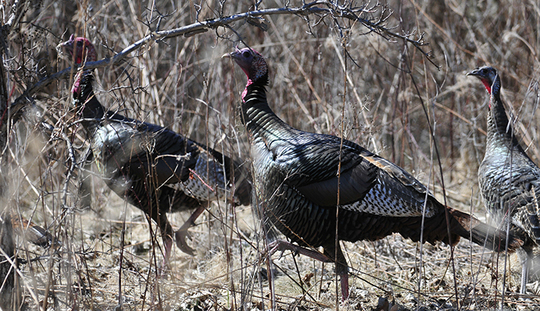 Hunting seasons beginning in October
Turkey archery: Oct. 1-29
Deer archery: Oct. 1-Jan. 7, 2018
Red and gray fox: Oct. 15-Feb. 28, 2018
Woodcock: Oct. 15-Nov. 28
Coyote, striped skunk: Oct. 15-March 15, 2018
Red and gray fox (trapping): Oct. 15-Jan. 31, 2018
Turkey firearm: Oct. 18-29 (in designated counties)
Ducks, coots, mergansers:
North Zone: Oct. 21-Dec. 10
Central Zone: Oct. 28-Nov. 5
Canada geese:
North Zone: Oct. 21-Nov. 26
Central Zone: Oct. 28-Nov. 12
Brookville tailwater gets bonus trout stocking
Fishing for rainbow trout in the Brookville Lake tailwater got a boost for this fall.
The DNR recently stocked an additional 2,500 rainbow trout averaging 6 inches in length into the tailwater, which is on the East Fork of the Whitewater River in Franklin County. The tailwater is typically stocked only in spring with 1,500 rainbow and 2,600 brown trout averaging 8 inches in length.
The trout for the fall stocking are surplus fish produced by the Wolf Creek National Fish Hatchery in Jamestown, Ky., and were donated to the DNR Division of Fish & Wildlife.
Find all deer information in one place
Find season dates, where to hunt, how to process your deer, recipes and more.
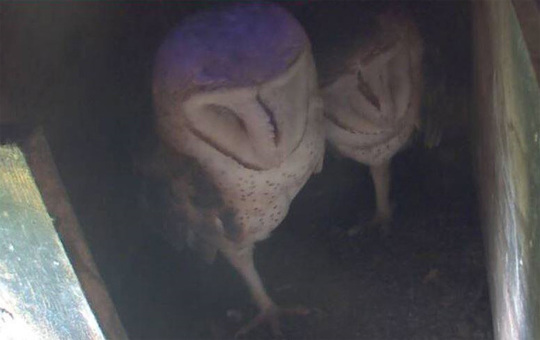 Barn owls back in nest cam
Eggs! That’s right. The barn owl pair on the nest cam in southern Indiana is incubating eggs. Barn owls are a state endangered species, with fewer than 15 nests reported statewide in 2016. You can help by donating to the Indiana Nongame Fund.
For every $5 donated, another $9 is matched in federal funds. Donate $5, wildlife gets $14.
Make sure you have the right license
Not sure exactly what license or stamps you need? We have the solution. Our online sport license finder can help you determine what you need with just a few simple questions.
Learn to deer hunt at free workshop
Want to deer hunt but don’t know where to start? The Learn to Hunt: Deer Hunting 101 Workshop is for you. The two-day workshop will be held at Wesselman Woods Nature Preserve in Evansville on Oct. 23 and 24, from 5 to 8 p.m. CDT both days. Early registration is required due to limited space.
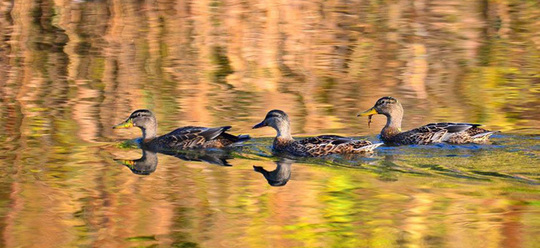 Youth waterfowl weekend dates
North Zone: Oct. 14-15
Central Zone: Oct. 21-22
South Zone: Oct. 28-29
Hunters must be 15 years of age or younger and properly licensed to participate, and they must be accompanied by an adult at least 18 years of age. An adult may accompany more than one youth. The licensed accompanying adult may not hunt waterfowl. If the accompanying adult does not intend to hunt and does not possess a firearm, the adult does not need to be licensed. Bag and species limits are the same as those allowed in the regular season.
Fall trout stockings in October
Rainbow trout will be stocked at four locations in mid-to late October.
Stocking locations are:
• Schoaff Park in Allen County
• Oak Lake in Clark County
• Johnson Lake in Jefferson County
• Garvin Park Lake in Vanderburgh County
Want updates on endangered species?
Join our email list for updates from the Wildlife Diversity staff. You’ll receive periodic updates and a newsletter twice a year.
More
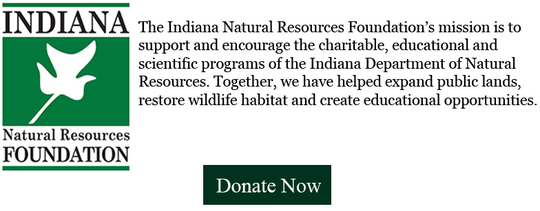

About Fish and Wildlife Management in Indiana
Fish and wildlife management and public access are funded by fishing and hunting license revenue and also through the Wildlife and Sport Fish Restoration Programs administered by the U.S. Fish & Wildlife Service. These programs collect excise taxes on sporting arms and ammunition, archery equipment, fishing equipment, and motor boat fuels. The money is distributed among state fish and wildlife agencies based on land size and the number of licensed anglers and hunters in each state. Find out more information about fish and wildlife management in Indiana at wildlife.IN.gov.
|